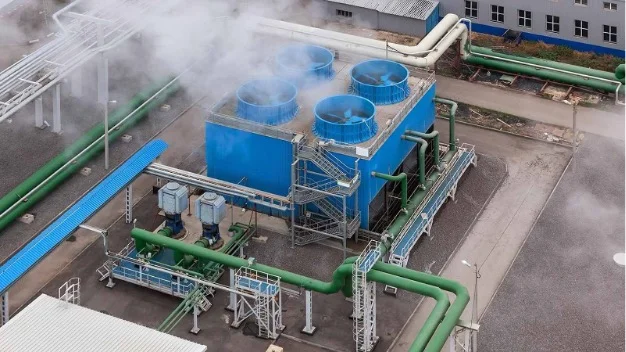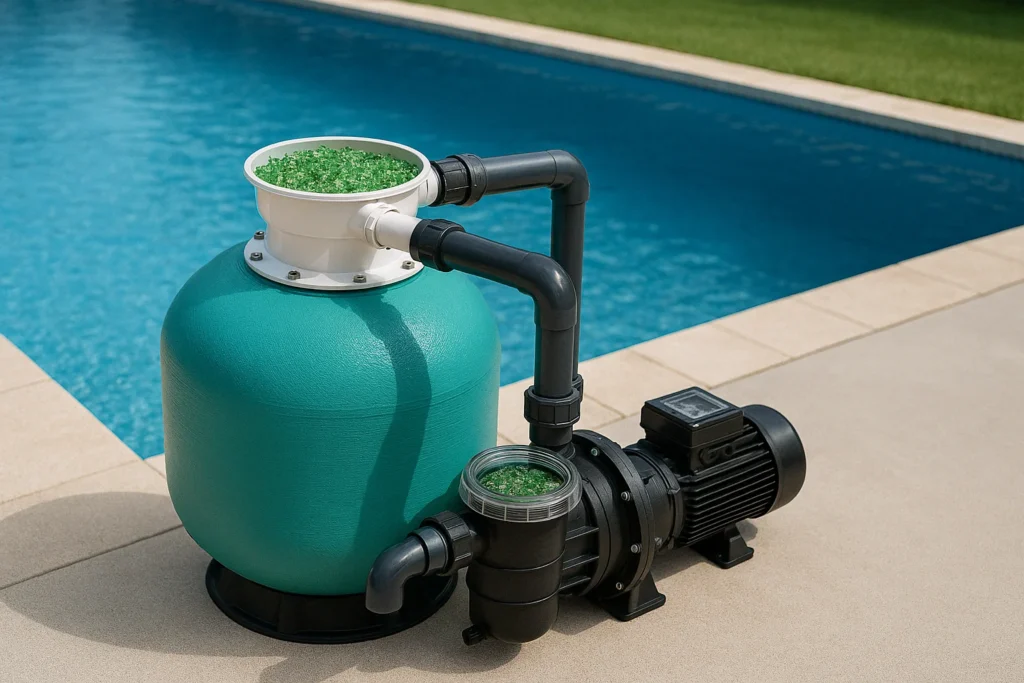
Foaming is a common yet challenging issue in water and wastewater treatment plants. It occurs when bubbles of gas are trapped in a liquid, forming a foam layer on the surface. This phenomenon can impact the efficiency of treatment processes and the overall performance of these facilities.
In this blog, we will explore what foaming is, how it occurs in treatment plants, its causes, impacts, and methods for managing it, including the role of microbial cultures.
What is Foaming?
Foaming is the formation of a layer of bubbles on the surface of a liquid. In water and wastewater treatment plants, this typically happens when gases, usually air or carbon dioxide, become trapped in the liquid due to agitation or chemical reactions. This trapped gas forms bubbles that accumulate and create foam.
How Does Foaming Occur in Water and Wastewater Treatment Plants?
In water and wastewater treatment plants, foaming can occur at various stages of the treatment process:
- Aeration Tanks: These tanks are designed to promote the growth of microorganisms that break down organic matter. The agitation and aeration process can lead to the formation of foam.
- Secondary Clarifiers: After aeration, the treated water moves to secondary clarifiers where the remaining solids are settled out. Foaming can occur if the sludge contains substances that promote foam formation.
- Chemical Reactions: The addition of certain chemicals during treatment can lead to foaming if these chemicals react with substances in the wastewater.
Causes of Foaming in Wastewater Treatment
Several factors contribute to foaming in wastewater treatment plants:
- Excessive Organic Matter: High levels of organic matter in the wastewater can increase microbial activity, leading to excessive gas production and foam.
- Presence of Surfactants: Surfactants, often from detergents or soaps, reduce the surface tension of the water, making it easier for foam to form.
- Nutrient Imbalance: Imbalances in nutrients such as nitrogen and phosphorus can lead to microbial growth that contributes to foam production.
- Fats, Oils, and Grease (FOG): The presence of FOG, commonly from cooking oils and animal fats, can create a sticky residue that traps gas bubbles, leading to foam formation. FOG can also interfere with the microbial processes essential for effective wastewater treatment.
- Operational Issues: Poor aeration control or malfunctioning equipment can exacerbate foaming issues.
Impact of Foaming on Efficiency and Performance
Foaming can have several negative effects on the efficiency and performance of treatment plants:
- Reduced Treatment Efficiency: Foam can cover the surface of aeration tanks or clarifiers, reducing oxygen transfer rates and inhibiting microbial activity.
- Operational Disruptions: Excessive foam can overflow, causing operational problems and requiring additional maintenance.
- Increased Costs: Dealing with foam can increase operational costs due to the need for extra chemicals or more frequent cleaning.
Methods to Tackle Foaming Problems
There are several strategies to address foaming in wastewater treatment:
- Chemical Foam Control: Adding anti-foaming agents or defoamers can help break down the foam. However, this is often a temporary solution and may not address the root cause.
- Adjusting Aeration Rates: Modifying the aeration rates can help control foam formation. Proper aeration ensures that microorganisms are adequately oxygenated without promoting excessive foaming.
- Improving Sludge Management: Proper management of sludge and ensuring that it does not contain excessive organic matter or chemicals can reduce foaming.
- FOG Management: Implementing pre-treatment processes to remove FOG from wastewater before it enters the treatment system can help prevent foam formation. Grease traps and interceptors are common tools for managing FOG.
- Regular Monitoring and Maintenance: Regularly checking and maintaining equipment can prevent issues that contribute to foaming.
Role of Microbial/Bacterial Cultures
Microbial and bacterial cultures play a crucial role in managing foaming. Specific cultures can be introduced to help balance microbial populations and reduce foam-forming microorganisms.
- Decomposing Organic Matter: Certain bacteria can more effectively break down organic matter, reducing the potential for foam formation.
- Competitive Exclusion: Introducing beneficial microbial cultures can outcompete foam-forming microorganisms, reducing foam.
- Enhancing Treatment Processes: Tailored microbial cultures can improve overall treatment efficiency, addressing issues that contribute to foaming.
Foaming in water and wastewater treatment plants is a multifaceted issue that can impact the efficiency and performance of treatment processes. Understanding the causes of foaming, including excessive organic matter, surfactants, nutrient imbalances, and the presence of FOG, is essential for managing this problem.
Implementing effective strategies, such as chemical control, proper aeration, and the use of beneficial microbial cultures, can help manage and mitigate foaming. By addressing the root causes and employing targeted solutions, treatment plants can maintain optimal performance and ensure the effective treatment of water and wastewater.





